Mastering Coyote Hunting with the Best Predator Call Sounds: Expert Tips for Success
Coyote hunting has grown in popularity as a thrilling outdoor pursuit, attracting hunters from all walks of life. For those looking to sharpen their skills and experience success in the field, mastering predator call sounds is an essential strategy. Whether you're hunting coyotes for sport, wildlife management, or simply the challenge, using the right calls and understanding their nuances is key to drawing coyotes into your sights.
Understanding Coyote Behavior
Before diving into the best calls, it’s important to understand the coyote’s natural behavior. Coyotes are known for being highly adaptable, often nocturnal and elusive creatures. They use a wide range of vocalizations to communicate with one another, including howls, yips, barks, and even screams. By using these calls strategically, hunters can mimic their behavior and attract them to your hunting area.
Coyotes are highly social animals, especially during the breeding season, which runs from late winter to early spring. During this time, coyotes are more likely to respond to calls from a perceived intruder or mate. This is when hunters often experience the best success.
Best Predator Call Sounds for Coyotes
The key to attracting coyotes lies in using the right calls at the right times. Here’s a breakdown of some of the best sounds to use during your coyote hunting sessions:
1. Howls
Coyotes are naturally territorial, and howls are one of their most common forms of communication. These can indicate either an invitation or a challenge. There are several types of howls you should be familiar with:
- Lonely or Solitary Howl: This is typically used by lone coyotes looking for a mate. It sounds like a long, drawn-out howl and is best used during the early and late seasons, especially in the winter.
- Group Howl: Used by packs to signal territorial dominance or rally together. This can be incredibly effective when hunting in areas with multiple coyotes.
- Challenge Howl: Used when one coyote is defending its territory. This sound can provoke a response from a territorial coyote and draw them in.
2. Distressed Animal Calls
Coyotes are opportunistic predators and scavengers, so mimicking the sound of a prey animal in distress is an effective way to trigger their hunting instinct. The most common distress calls are:
- Rabbit in Distress: The sound of a rabbit in distress is incredibly effective because coyotes rely on small prey, like rabbits and rodents, for food. You can use electronic or hand calls that imitate the frantic cries of a rabbit in trouble.
- Bird in Distress: Many hunters find success with bird distress calls, especially those that mimic pheasants, ducks, or even songbirds. This is a great option for calling coyotes in open fields or grasslands.
3. Coyote Pup Distress
Puppy distress calls are another excellent choice, particularly during the spring and summer months when coyotes have pups to care for. These calls simulate the cries of a pup separated from the pack, which can trigger parental instincts in adult coyotes. This call is highly effective in drawing in curious adults.
4. Coyote Fight Sounds
Coyotes are naturally competitive, and when two coyotes are in a heated fight, the sounds can be both aggressive and enticing to others in the area. Using a coyote fight sound can simulate an intruder trying to steal a kill, drawing a territorial coyote in to defend its claim. This is best used in areas where you suspect a coyote is close but not responding to other calls.
Hunting Tips for Success
Now that you’re familiar with the best predator call sounds, here are some hunting tips that will maximize your chances of success when hunting coyotes:
1. Know the Best Times to Hunt
Coyotes are most active during dawn and dusk, but they can also be active at night. For daytime hunting, aim for early morning hours (just before and after sunrise) and the late afternoon (around sunset). During the colder months, coyotes are more likely to be active during the day as they search for food. During the warmer months, you may want to hunt during the cooler parts of the day.
2. Set Up in the Right Location
Coyotes prefer open areas like fields, grasslands, and brushy terrain. Setting up along the edge of a field, near a water source, or in a valley where coyotes are likely to travel is ideal. Choose a spot that offers good visibility and concealment, such as behind a large rock, brush, or trees. Coyotes will be able to pick up movement from a distance, so make sure you’re well-hidden.
3. Vary Your Calls
Don’t just stick to one call. Coyotes are smart and may grow suspicious if they hear the same sound for too long. Mix up your calls by switching between howls, distress calls, and fight sounds to keep them intrigued and engaged. Try calling for about 15 to 20 minutes at a time, then pause and give the area a few minutes of silence before trying again.
4. Use Decoys to Enhance Your Setup
Adding a motion decoy that simulates the movement of a distressed animal can greatly improve your chances of success. Coyotes are more likely to approach a sound source if they see movement nearby, as they may think it’s an injured animal. A good decoy, such as a rotating rabbit or bird decoy, can attract coyotes into range.
5. Stay Quiet and Still
Coyotes have excellent hearing and keen vision, so it’s essential to stay quiet and still during your hunt. Avoid making unnecessary movements and be aware of your surroundings. If you're using an electronic call, place it out of sight, ideally 20 to 30 yards from your setup. This prevents the coyotes from detecting your position.
6. Wind Direction is Key
Coyotes have an exceptional sense of smell, so always hunt with the wind in your favor. If the wind is blowing towards the area you’re calling, the coyotes will catch your scent and avoid the area. Set up so that the wind is carrying your scent away from the direction you expect the coyotes to approach.
Conclusion
Coyote hunting can be a rewarding and exhilarating experience, but it requires knowledge, patience, and strategy. Using the best predator call sounds and following expert hunting tips will significantly increase your chances of success. By mimicking the natural vocalizations of coyotes and their prey, you can effectively lure these wily predators into your sights.
Remember to stay patient, vary your calls, and always be prepared for the unexpected. Happy hunting and may your next coyote hunt be your most successful yet!
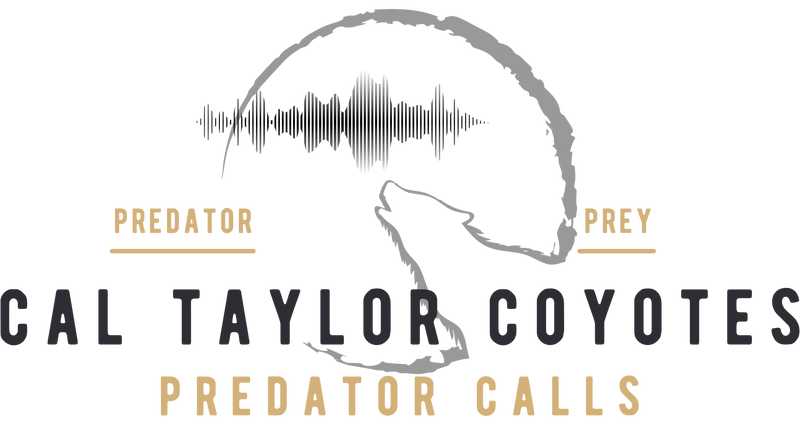
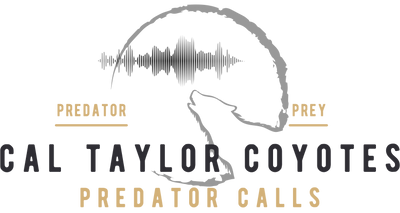



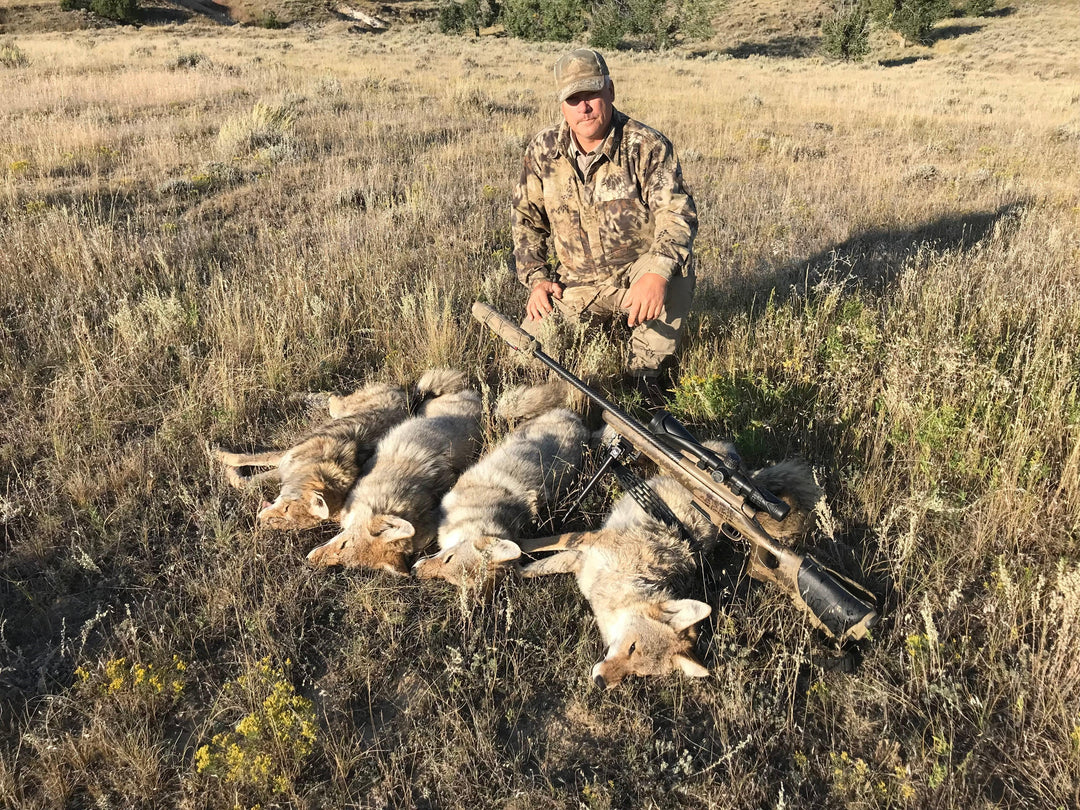
Leave a comment